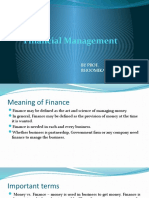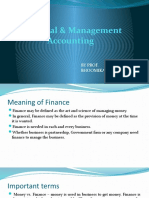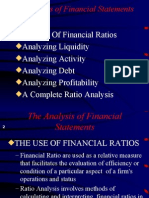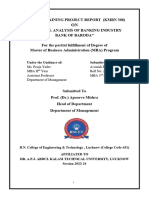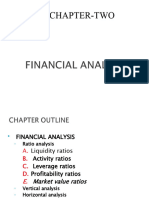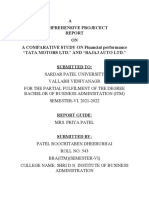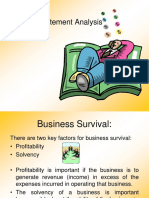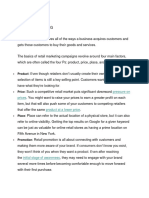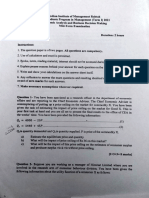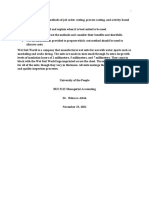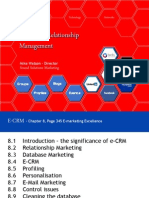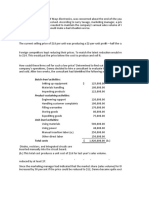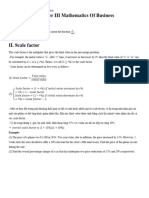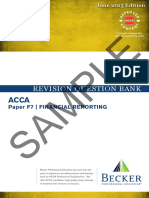0% found this document useful (0 votes)
6 views68 pagesBuss3 140321114726 Phpapp01
The document outlines the functional objectives and strategies of a business, emphasizing the importance of aligning corporate and functional objectives to guide decision-making and strategic direction. It discusses financial objectives, performance measurement through financial data, and various investment appraisal methods. Additionally, it covers marketing strategies, market analysis, and the challenges of implementing marketing plans within an organization.
Uploaded by
Tushar FahimCopyright
© © All Rights Reserved
We take content rights seriously. If you suspect this is your content, claim it here.
Available Formats
Download as PDF, TXT or read online on Scribd
0% found this document useful (0 votes)
6 views68 pagesBuss3 140321114726 Phpapp01
The document outlines the functional objectives and strategies of a business, emphasizing the importance of aligning corporate and functional objectives to guide decision-making and strategic direction. It discusses financial objectives, performance measurement through financial data, and various investment appraisal methods. Additionally, it covers marketing strategies, market analysis, and the challenges of implementing marketing plans within an organization.
Uploaded by
Tushar FahimCopyright
© © All Rights Reserved
We take content rights seriously. If you suspect this is your content, claim it here.
Available Formats
Download as PDF, TXT or read online on Scribd
/ 68






